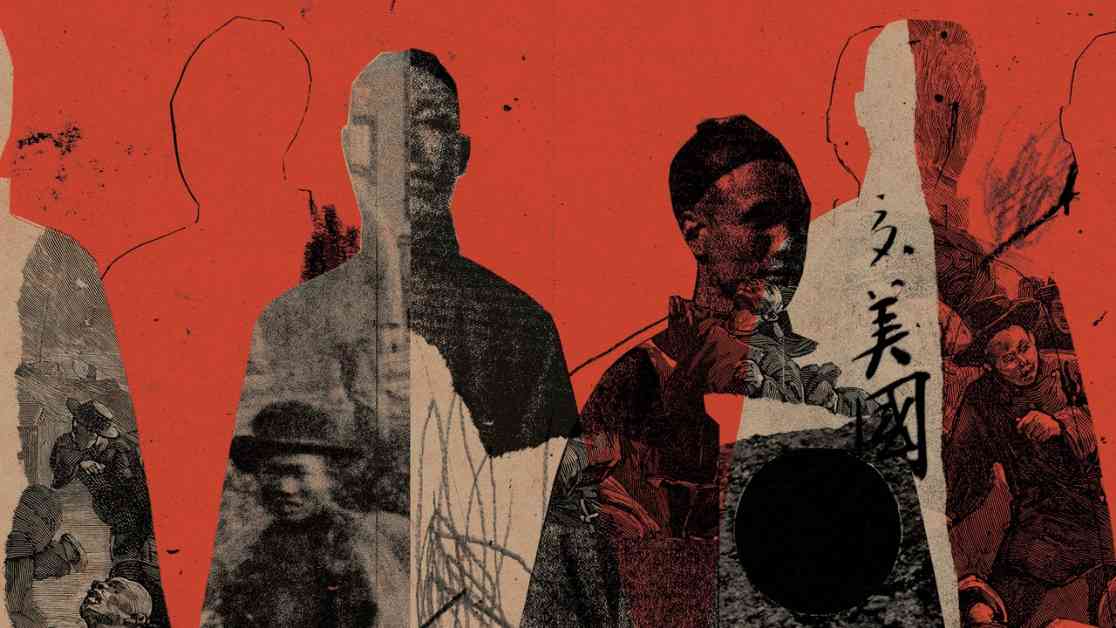The town of Rock Springs, steeped in a history of mining and racial tension, is the focus of a recent archeological excavation led by historian Laura Ng. Ng and her team, armed with shovels and trowels, delved into the soil of a memorial site in Rock Springs, Wyoming, where a mass killing of Chinese immigrants occurred in 1885. The tragic event, orchestrated by white miners, resulted in the deaths of at least twenty-eight Chinese residents and the burning of the town’s Chinese quarter.
As Ng and her team sifted through the earth, they sought to uncover artifacts that would shed light on the daily lives of Chinese residents who once called Rock Springs home. Their efforts were driven by a desire to unearth remnants of an outhouse or a burn layer, which would indicate the site of the horrific events that transpired over a century ago. The excavation, authorized by local officials, aimed to ensure that the upcoming memorial, titled “Requiem,” would not disturb any buried cultural treasures.
During the meticulous digging process, the team uncovered beams and timbers that likely belonged to a Chinese dwelling, providing a glimpse into the past lives of the town’s Chinese inhabitants. As archeologists like Paul Hoornbeek and George Matthes made significant discoveries, including a melted glass jar and an intact pig’s jaw, the weight of history and tragedy loomed large. Matthes, standing atop a burn layer, vividly recognized the gravity of the events that unfolded in Wyoming’s history.
The 1885 massacre in Rock Springs, one of the most brutal episodes of racial violence in American history, unfolded against the backdrop of economic downturn and anti-Chinese sentiment in the late nineteenth century. The surge of Chinese immigrants seeking fortunes in the Gold Rush era clashed with the growing hostility of white residents, culminating in violent acts and mass expulsions of Chinese communities across the American West. Rock Springs, with its thriving coal mining industry and a significant Chinese population, became a flashpoint for racial tensions that erupted in tragedy.
The massacre, driven by a mob of white miners, led to the displacement and deaths of numerous Chinese residents, leaving a scar on the town’s history that still resonates today. Despite the passage of time, the impact of the events of 1885 reverberates through the archeological efforts to uncover the buried truths of the past. The excavation in Rock Springs serves as a poignant reminder of the dark chapters in American history that must be unearthed and acknowledged to pave the way for healing and remembrance.












